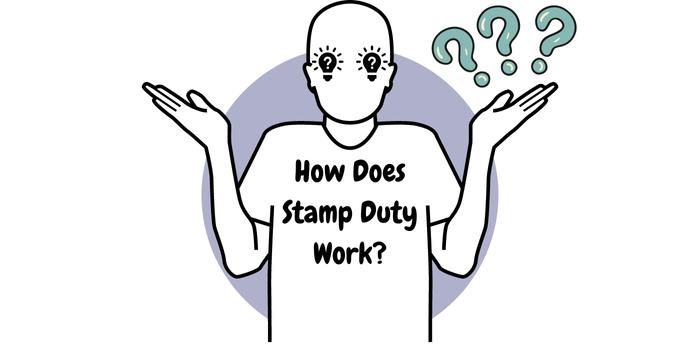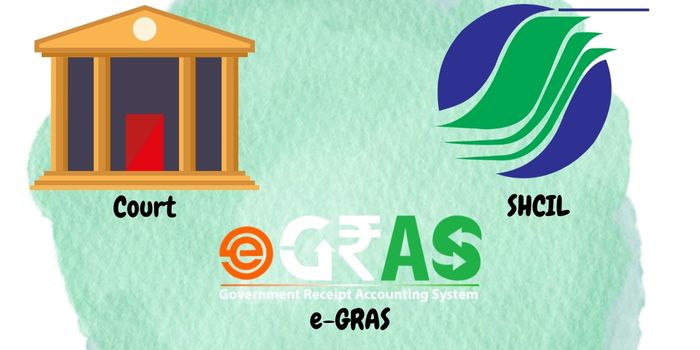
Table Of Content
- What is the Stamp Value?
- How Does Stamp Duty Work?
- How to pay stamp duty online?
- Factors Affecting Stamp Duty Calculation
- Who pays Stamp Duty – Buyer or Seller?
- Can stamp duty be refunded?
- Can I claim stamp duty as a tax deduction?
- How to claim stamp duty exemption?
- What is Maharashtra Stamp Duty Act?
- Conclusion
- FAQs
The answer to the question is that a Stamp Duty is a government imposed tax on the public which is important to pay appropriately. It was first implemented as a form of tax in India in the late nineteenth century. It covers all types of property, including freehold and leasehold apartments, residential flats, independent villas and houses, and commercial buildings/units. But there’s more to it for that please keep scrolling!
What is the Stamp Value?
Any value such as 10 rupee, 20 rupee, 500 rupee or more adopted by any authority of the Central Government or a State Government for the purpose of paying stamp duty on immovable property is referred to as the stamp duty value. The stamp value of the house property should not exceed 45 lakhs according to Section 80EEA.
The duty and registration charges is typically 5–7% of the property’s market value. Registration fees are typically 1% of the property’s market value.
How Does Stamp Duty Work?

Paying it typically begins after the buyer and seller have agreed on the purchase price of the property. The buyer must then pay the tax to the government within a specific time frame, typically 30 days from the date of completion of the purchase.
The amount of Stamp Duty payable varies depending on several factors, including the property’s value, location, and the buyer’s circumstances. Some buyers may be exempt from paying Stamp Duty or may qualify for a reduced rate. For example, first-time buyers may be eligible for a discount on the tax, while individuals purchasing a second property may have to pay a higher rate of Stamp Duty.
How to pay stamp duty online?
It is payable under Section 3 of the Indian Stamp Act, 1899. The stamp duty and registration charges all depend on the diversified states where the denominations are fixed by the Government.
There are three ways where you can pay to the government:

Stamping through Court
Here the stamp duty payment is made through court. States like Maharashtra, West Bengal, Telangana, AP, Bihar hold the Non-Judicial Stamp papers.
Stamping through SHCIL
The Government of India began e-stamping paper in 2007 and designated Stock Holding Corporation India Limited (SHCIL) as the sole Central Record Keeping Agency (CRA) in charge of e-stamping. The government attempted to overcome the existing system of physical procurement by introducing e-stamping in many states, which is far more secure and has no chance of duplicity than physical stamp papers. SHCIL e-Stamping is currently available in 18 states. States like Delhi, Karnataka, UP, Rajasthan, Chhattisgarh, Uttarakhand, Odisha hold e-stamp papers associated with SHCIL.
You can go throuh our detailed blog on Stamp Duty in Delhi to know about it.
Stamping through e-GRAS
Through e-GRAS the people need to pay it online as no hardcopies are made available to the public. States like Haryana, Jharkhand, Chandigarh hold e-stamp papers associated with e-GRAS.
Factors Affecting Stamp Duty Calculation
The amount of Stamp Duty payable is determined by several factors, including:
- The Purchase Price: The higher the purchase price, the higher the Stamp Duty is payable to the government.
- Property Location: The tax rates depend upon the location of the given asset and it varies from time to time..
- Buyer’s Circumstances:There may be a tax break available to buyers who are buying their first home or a property to use as their primary residence.
- Property Type: Stamp duty charges may vary depending on the type of property. For instance, compared to residential properties, commercial properties could have a higher tax rate.
Who pays Stamp Duty – Buyer or Seller?

This decision is not imposed on anyone (buyer or seller). It depends if anyone or the both parties is ready to pay the charges then they are allowed to or they can mutually pay the duty and registration charges.
Can stamp duty be refunded?
The Maharashtra government allows a longer period of two years from the date of the agreement for claiming the refund, subject to certain conditions. This refund is only available if the developer fails to deliver possession of the booked property. Also this fact should be mentioned in the cancellation deed as the reason for the deal’s cancellation. The cancellation agreement must also be registered, according to the rules. The buyer’s property is refunded 98% of the total.
Can i claim stamp duty as a tax deduction?
After paying the charges the tax deduction is a key point where a person can obtain the right to tax deduction under Section 80C of the Income Tax Act of 1961 in which it allows a buyer to claim a tax deduction for stamp duty and registration fees.
How to claim stamp duty exemption?
The buyer is entitled to a refund of up to 98% of the stamp duty. what documents you’ll need to get the refund back in Maharashtra. You will need the following:
- The Original agreement/document.
- The Original cancellation Deed that the buyer must also state why he is exiting the deal in the Deed Cancellation agreement that has been registered.
What is Maharashtra Stamp Duty Act?
The Maharashtra Stamp Duty Act is applied all over the state. Section 3 of the Act imposes stamp duty on any instrument executed in the State at the rate specified in schedule. Even instruments executed outside the State are subject to duty only upon receipt in the State. If they relate to property located in the State or a matter or thing to be done in the State.
Conclusion
Stamp Duty is an essential part of the property purchase process that helps governments generate revenue from real estate transactions. Understanding how the tax works and what factors affect its calculation can help buyers make informed decisions when purchasing a property. While it may add to the overall cost of the transaction, it is essential to factor in the tax when budgeting for a property purchase to avoid any financial surprises down the line.
Frequently Asked Questions (FAQs)
This is a common question that is basically asked by everyone. In general the person who buys the property should be the one paying it but sometimes with mutual consent the both parties can divide the Stamp duty payment equally.
The nature of Stamp Duty payment is that it varies from State to State. For example, in Maharashtra 100 & 500 is applicable there.


